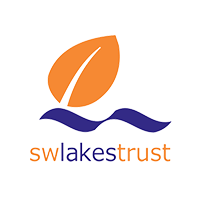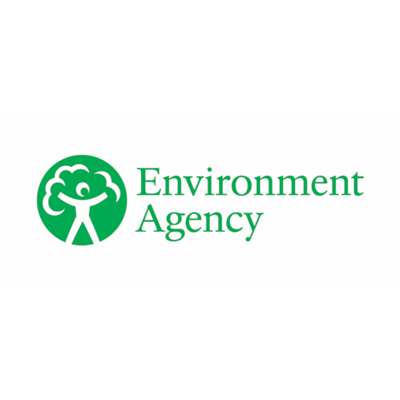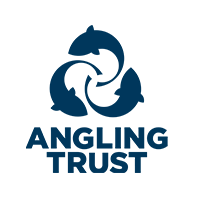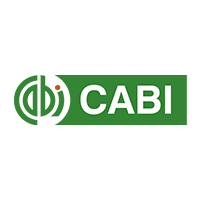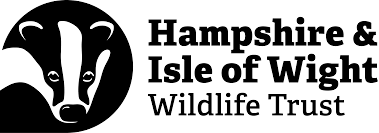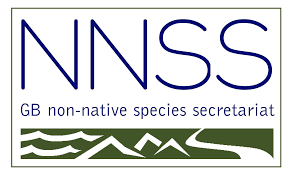
Protecting habitats
How we look after our waterways, and the land around them, for the species that live in them.
Tackling invasive non-native species (INNS) to help protect our wildlife
Water companies like ourselves are highly vulnerable to Invasive Non-Native Species (INNS), not only as landowners, but as significant landowners of wetland habitats - 40% of INNS are aquatic and are particularly problematic to deal with.
Non-native species are plants and animals that have been moved from their place of origin into Britain by humans (intentionally or accidentally). There's thought to be around 2000 non-native species in Britain.
Invasive non-native species (INNS) are non-native species which have a negative impact on the environment, economy or health of the place they've been moved to. In Britain, it's estimated that 10% of the non-native species are invasive - that's around 200 species, and the number is increasing.
A serious threat to biodiversity
Amongst habitat loss, fragmentation, pollution and climate change, INNS are one of the topmost serious threats to biodiversity. Recordings show that around 40% of Britain’s 200+ registered INNS are known to be aquatic. For us, that causes serious concern.
We carry out detailed surveys to identify INNS and have identified priority sites, species and activities. We are also reviewing region-wide risks.
Our partnerships
In collaboration with our partners, we actively tackle the challenge of invasive non-native species on our water sites. We embrace innovative research and measures to prevent these species from establishing themselves, while also working closely with our partners to achieve a collective impact.
Simple steps to prevent the introduction of new or spread of established INNS
Check, clean + dry
Whenever you leave a lake, remember to check your equipment, boat and clothing for mud, aquatic animals or plant material. Clean everything thoroughly and dry items before using again as some invasive plants can survive up to two weeks in damp conditions.





